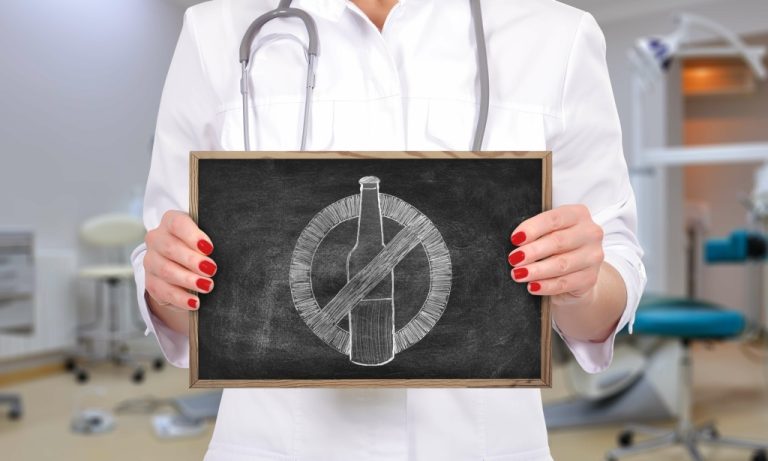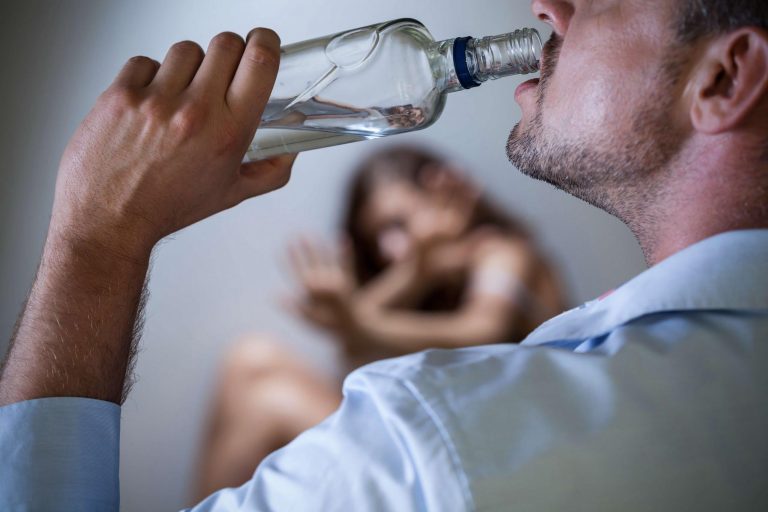The best strategies to avoid alcohol cravings include identifying triggers, practicing stress-reduction techniques, and keeping non-alcoholic alternatives available. Distracting yourself with hobbies and exercise can also reduce cravings. Changing unhealthy behaviors such as smoking, overeating, or drinking too much can take a lot of effort, and you may not succeed with the first try. If you think you might have alcohol use disorder (AUD) and decide to stop drinking completely, don’t go it alone.
Health Categories to Explore
That way, they can help you manage the discomfort and respond quickly in case of a medical emergency. Thiamine (vitamin B1) helps your body break down food for energy. It also serves a lot of other important functions, such as keeping your nervous system healthy.
- In this post, I’ll show you how to stop drinking using simple techniques, mindset shifts, and relying on the support systems around you.
- “Try doing a ‘dry’ month like Dry January, Go Dry for July or Sober October,” says Moore.
- If you suspect you have an alcohol use disorder or you feel overtly dependent on alcohol, it is helpful to consult a healthcare provider before attempting to quit.
Being consistent with your efforts of quitting might seem challenging because you don’t see immediate benefits, and it’s unlearning a habit. To keep yourself motivated, you can celebrate small wins, track how far you’ve come, and remind yourself of the reasons you chose to quit throughout the process. Group therapy or a support group can help during rehab and help you stay on track as life gets back to normal. Alcohol causes changes in your brain that make it hard to quit. Trying to tough it out on your own can be like trying to cure appendicitis with cheerful thoughts. You can get clean and sober, start therapy, join a support group, and start your journey to recovery.
Change your environment
An alternative to inpatient treatment is outpatient treatment. This is usually recommended in cases that are not as severe or cases where the patient has strong responsibilities that cannot be halted for inpatient care. However, not everyone will be able to afford to get the best treatment at expensive rehab centers. Not everyone will warm up to the idea of sharing the problem at support groups or similar help programs. Once you leave an inpatient program, you’ll be connected to resources you can continue to use, such as support groups or doctors or therapists in your area. Trained specialists will help you better understand your habits and patterns of behavior and how to commit to new ones.
Revealing Truth – What Do Dreams About Drugs Mean? Conifer Park
As long as you use a drug-free method that also ensures that you understand the psychological aspects of alcohol addiction – these tips will help you. However, some groups have stepped in to try to bridge this gap and have published sample tapering schedules to help those trying to stop drinking. In just 2 minutes, you can speak with an admissions specialist, verify your insurance, and explore treatment options that work for you. It is not unusual to feel anxious, restless, excited, or shaky when trying to quit alcohol. For long-term alcoholics, it is particularly more challenging. This is why it is extremely crucial to follow all the recommendations discussed in the text.

Best Ways to Stop Drinking: Proven Strategies for Lasting Sobriety

Fortunately, there aren’t any alcohol withdrawal symptoms that are life-threatening or even need medical supervision. Having a plan to quit and exploring resources that can help you give up alcohol successfully can improve your chances for success. Talk with a healthcare professional if you’re concerned you may experience detox symptoms when quitting drinking or cutting back. Depending on how best way to stop drinking much alcohol you drink to start with, the amount of time an alcohol weaning schedule takes may vary. For example, those who drink more heavily may need more time to taper than those who drink less alcohol. Further, if you start to develop alcohol withdrawal symptoms during the taper, your doctor may instruct you to pause or slow the taper as a result.
Inpatient treatment may be an expensive option in terms of time and money. Unlike inpatient treatment, tapering allows people to maintain their lifestyles while improving their drinking habits. The time it takes to taper off alcohol varies based on how much a person drinks.
Tips to Help You Stay Sober

For this reason, you should always talk to your doctor before attempting to quit drinking. If you drink heavy amounts of alcohol for weeks, months, or years, you may have mental and physical symptoms when you stop or cut back. About half of all people with alcohol use disorder go through it. While quitting alcohol is not easy, it helps to make a plan to quit and ask for the support of family and friends before you quit. Drug rehab programs provide a structured environment and various therapies to help individuals overcome substance abuse and achieve long-term recovery.
What are the Best Ways to Stop Drinking Alcohol?
You can start setting a clear goal that provides you with direction and motivation. Set realistic goals based on where you stand with alcohol consumption to make it seem achievable. Continued alcohol https://www.carosmart.de/best-aa-symbol-tattoo-ideas/ use increases the risk of liver disease, heart complications, cancer, and weakened immune function.
- Still, the first part of the stay will involve a period of medically supervised detoxification.
- Get rid of all beer, wine, and liquor, as well as any products that contain alcohol, such as rubbing alcohol and vanilla extract.
- If you use alcohol as a coping mechanism, the idea of not having it available may be scary.
- Perhaps you say things you regret when you drink too much, causing issues with loved ones.
It is very wise to seek medical assistance to detox to prevent harmful complications. These aspects are often a large part of why someone becomes sober curious and decides to explore ways to stop drinking. Examining your drinking habits can help determine whether you can stop drinking alcohol on your own or Halfway house if a treatment program would be beneficial.
MAT works best when combined with therapy and lifestyle changes. Behavioral therapy is the backbone of sustainable sobriety. We all become conditioned to have certain responses to triggers throughout our lives.
Change how you think about drinking & alcohol
Many people who go through alcohol withdrawal no longer have enough thiamine in their body. If your doctor feels you’re at risk, it will be important for you to have a thiamine supplement by IV for several days. MAT combines FDA-approved medications with behavioral therapies to manage withdrawal symptoms, reduce the desire to drink, and support abstinence. Working with a healthcare provider, therapist, or addiction specialist can give you the guidance and medical oversight you need. Professional help ensures you follow a safe plan for reducing or removing alcohol, particularly if withdrawal symptoms are a concern. This condition can develop gradually as your tolerance increases and withdrawal symptoms appear when you quit drinking alcohol or reduce intake.

